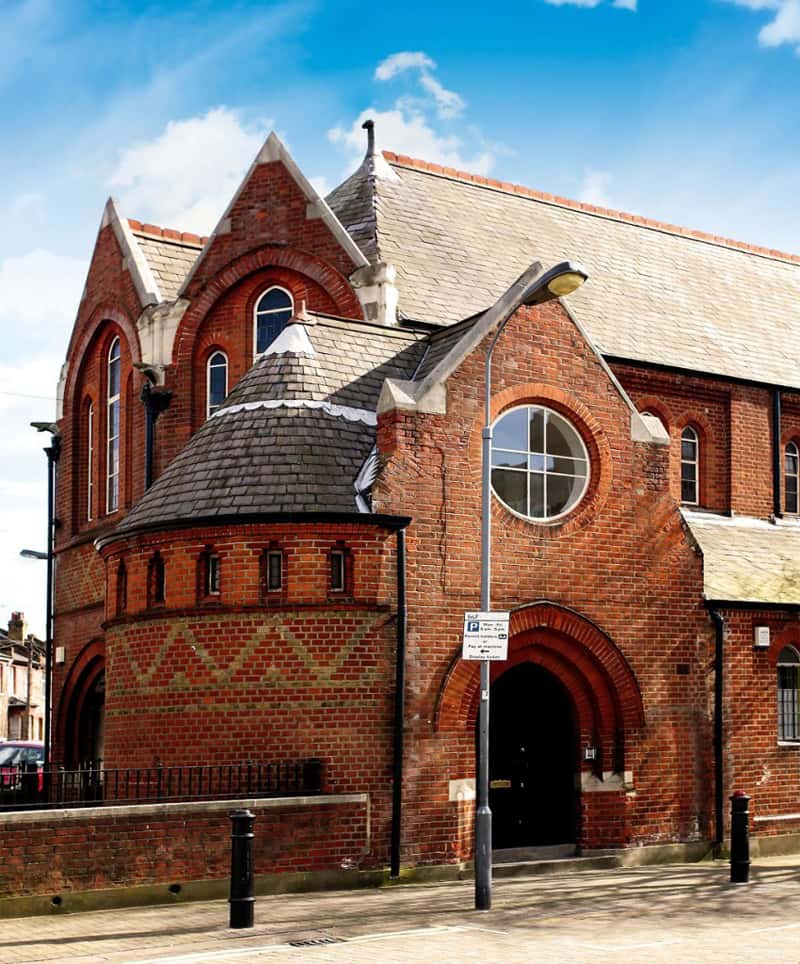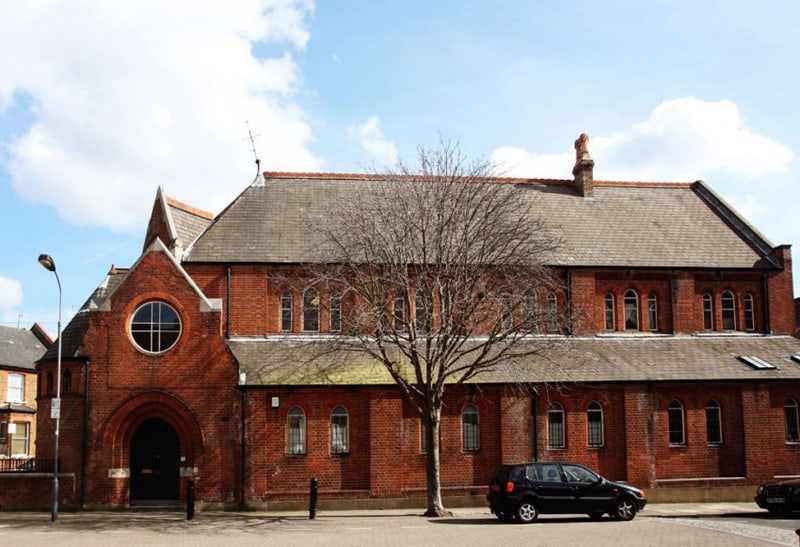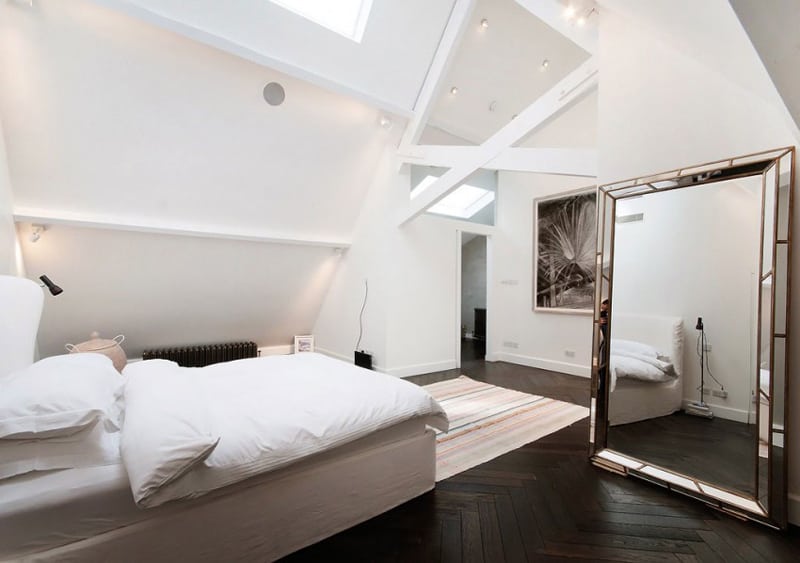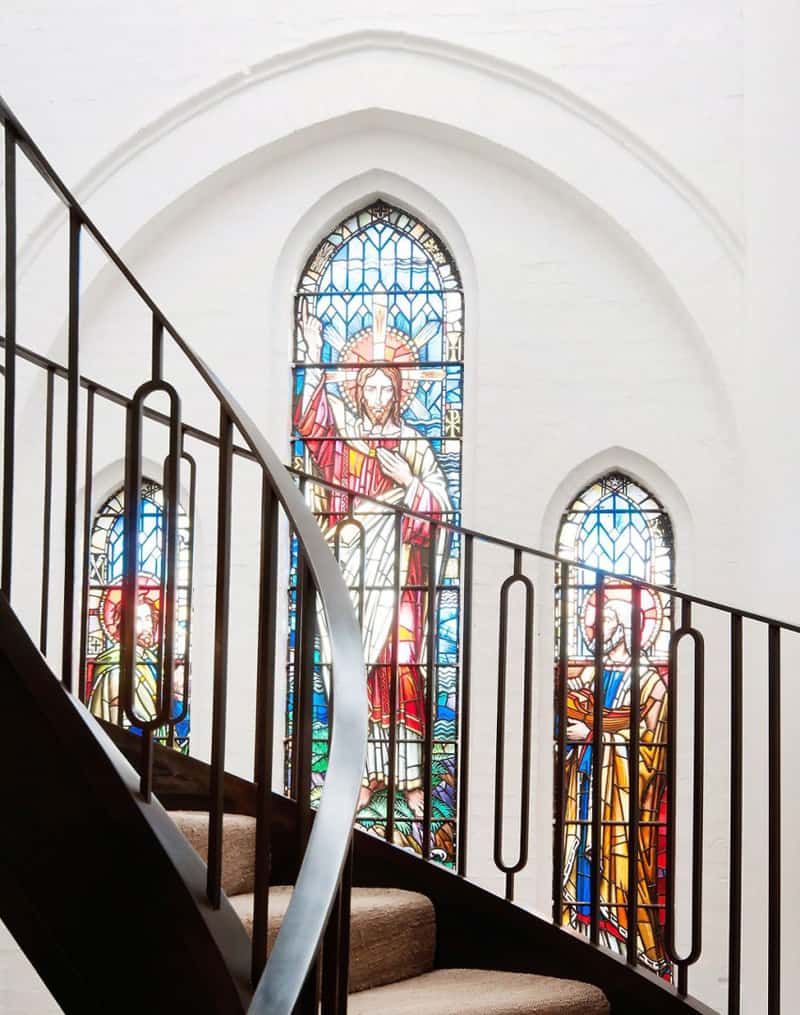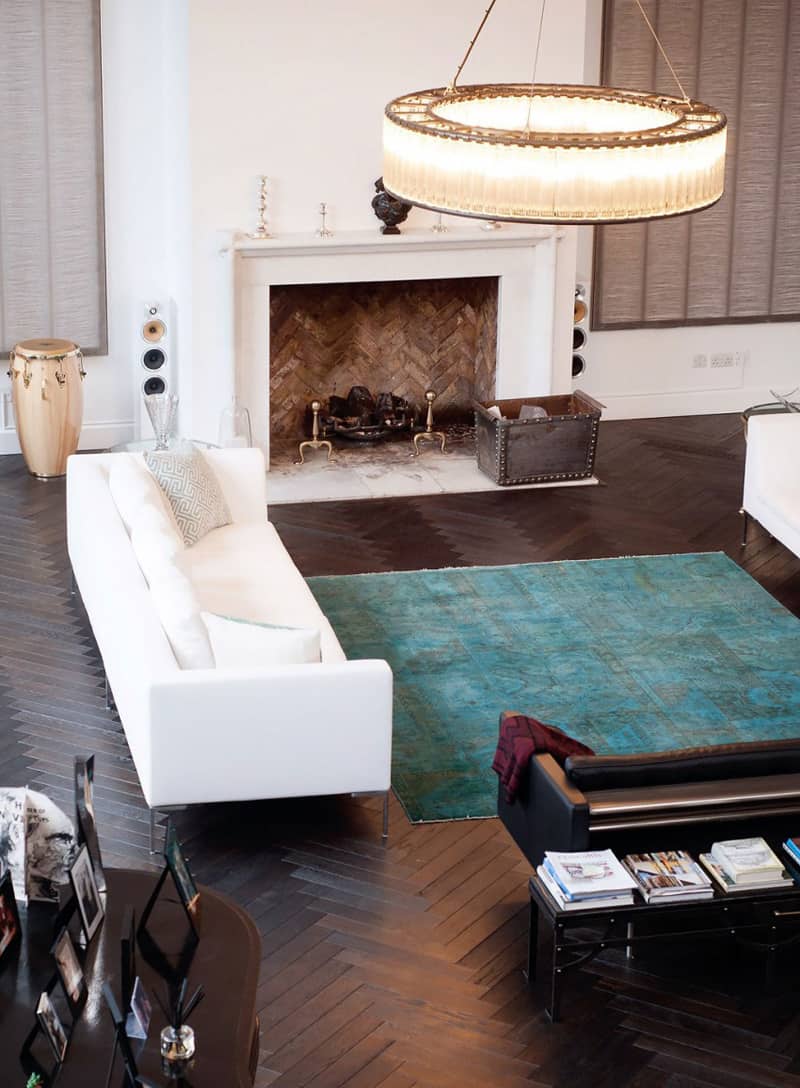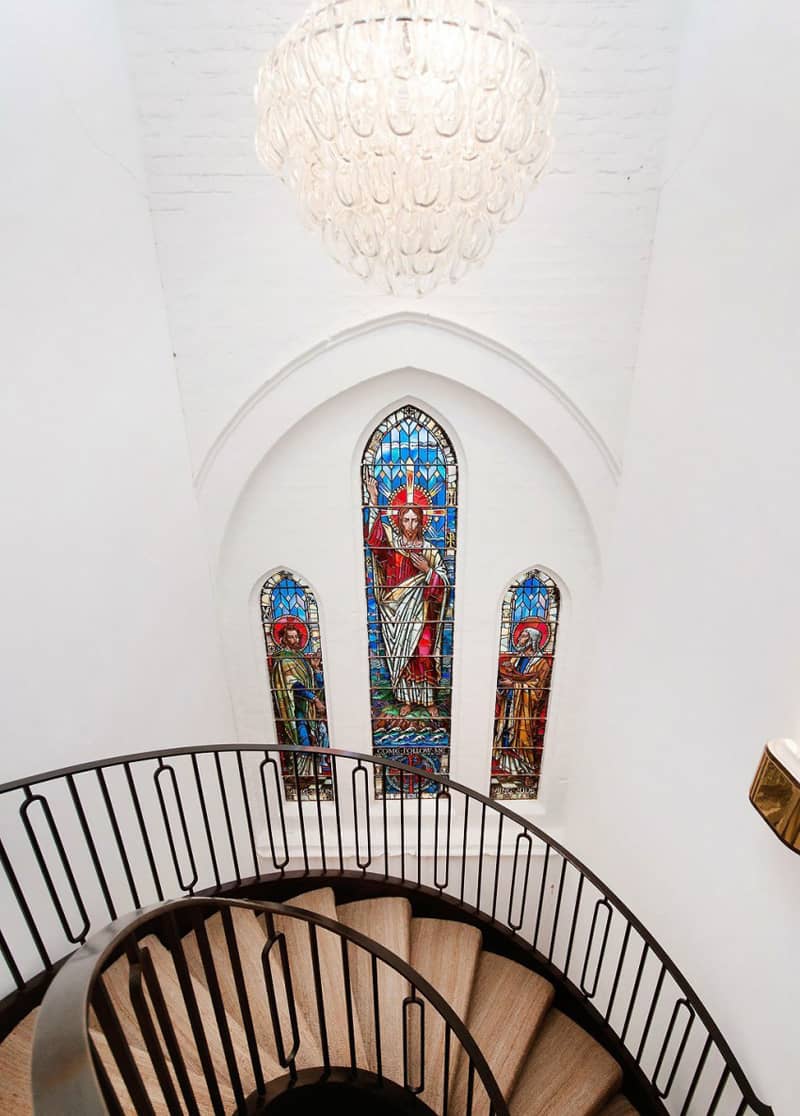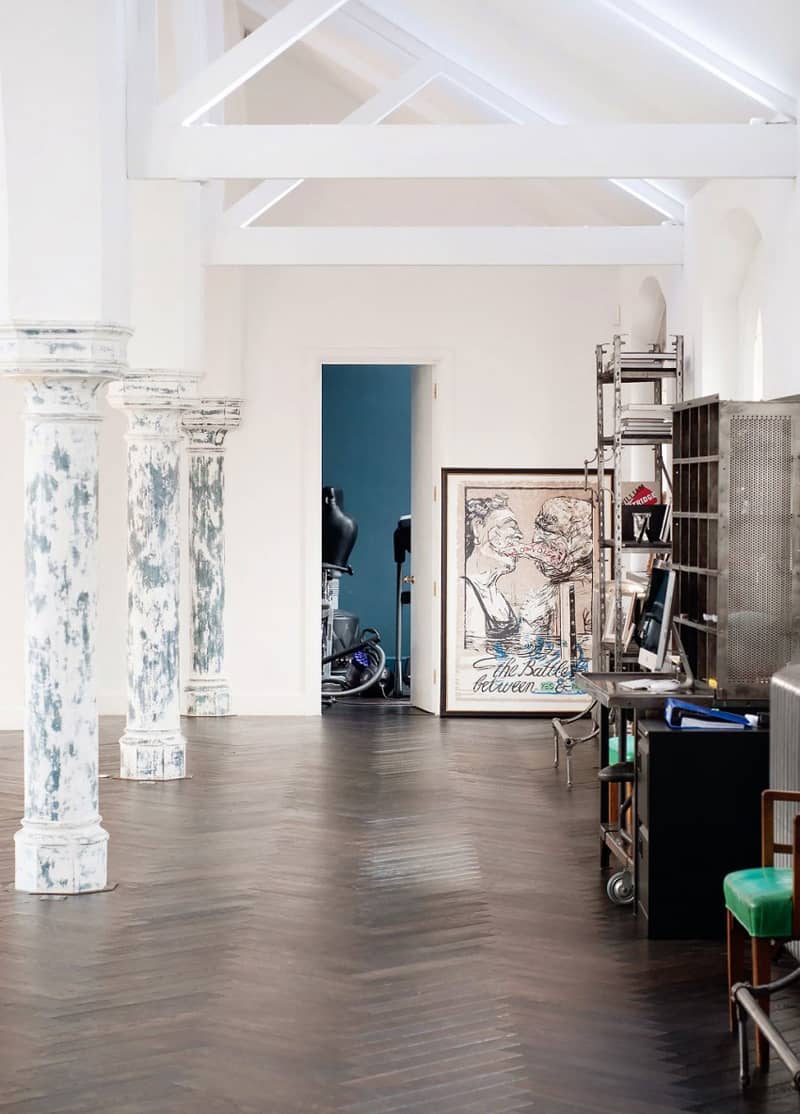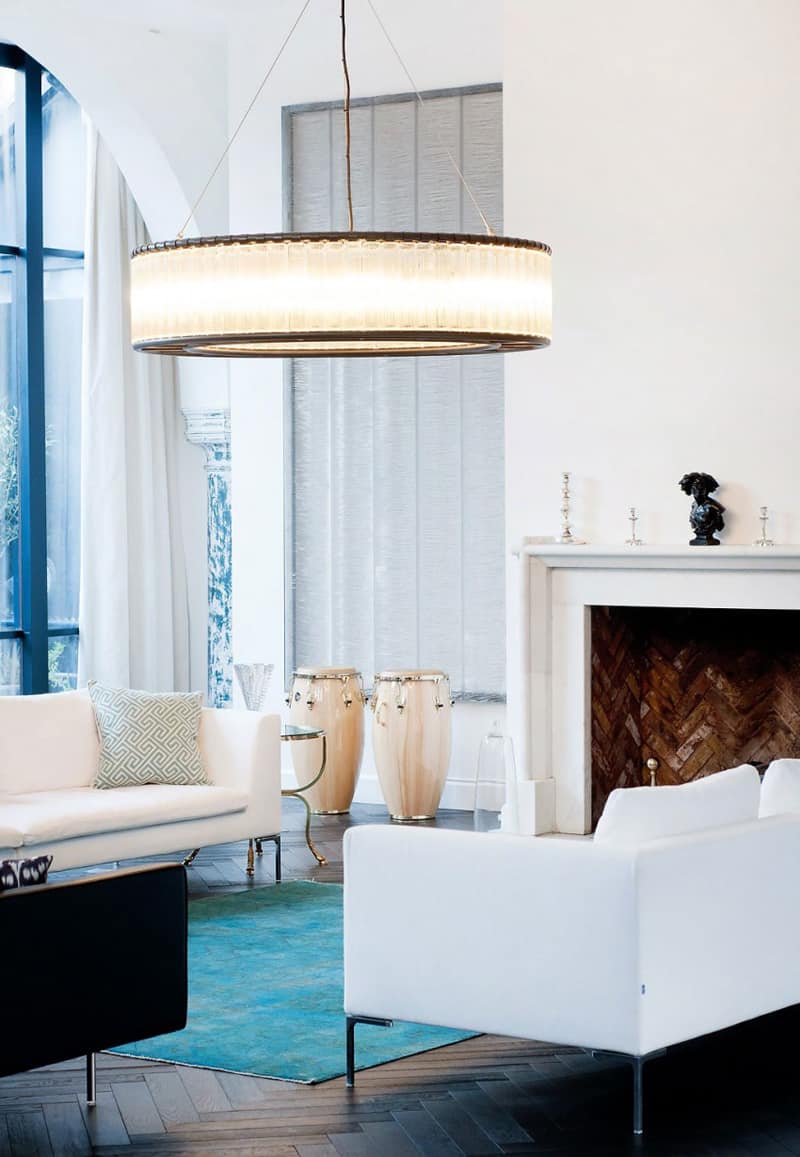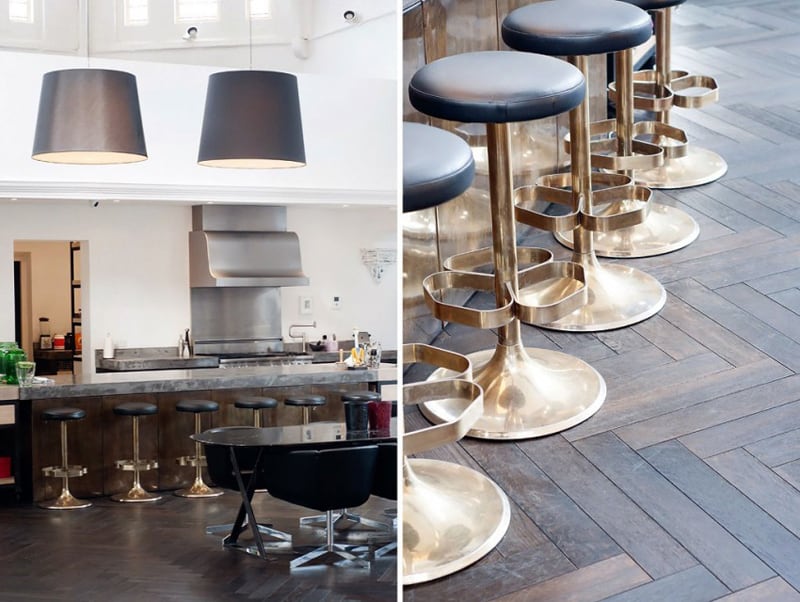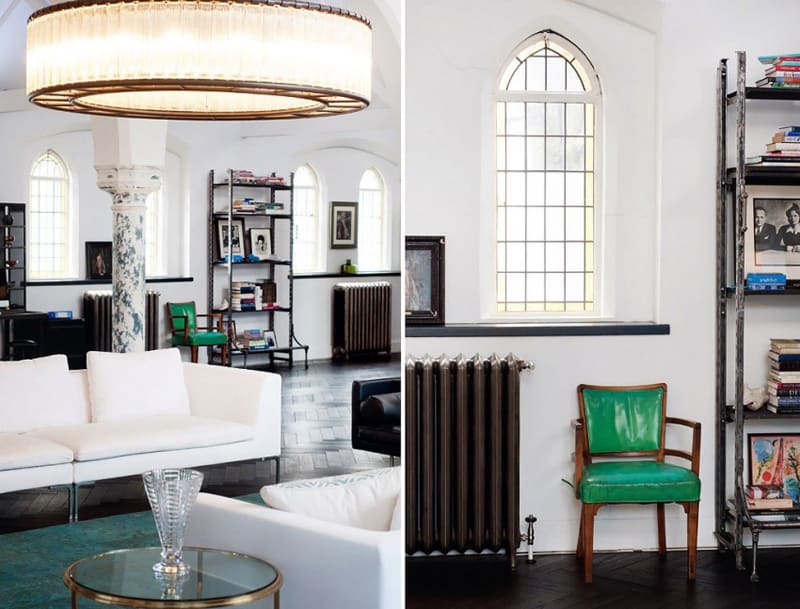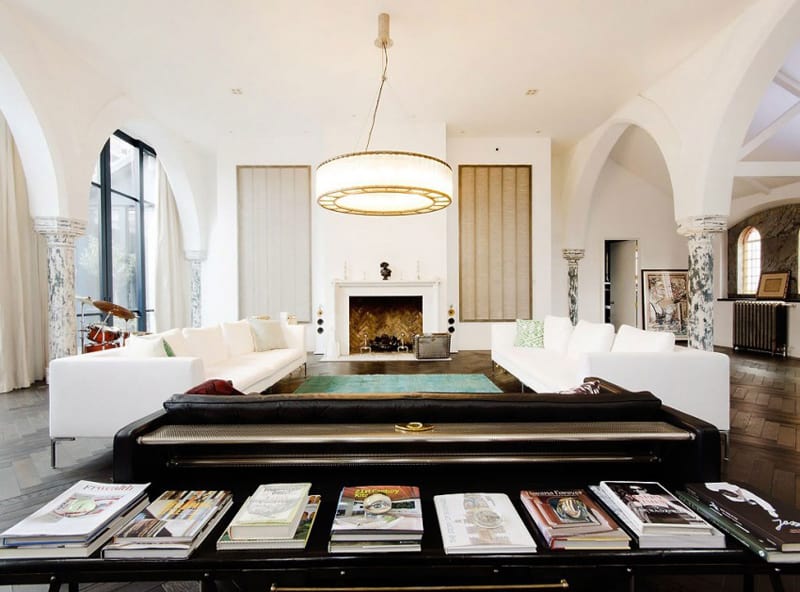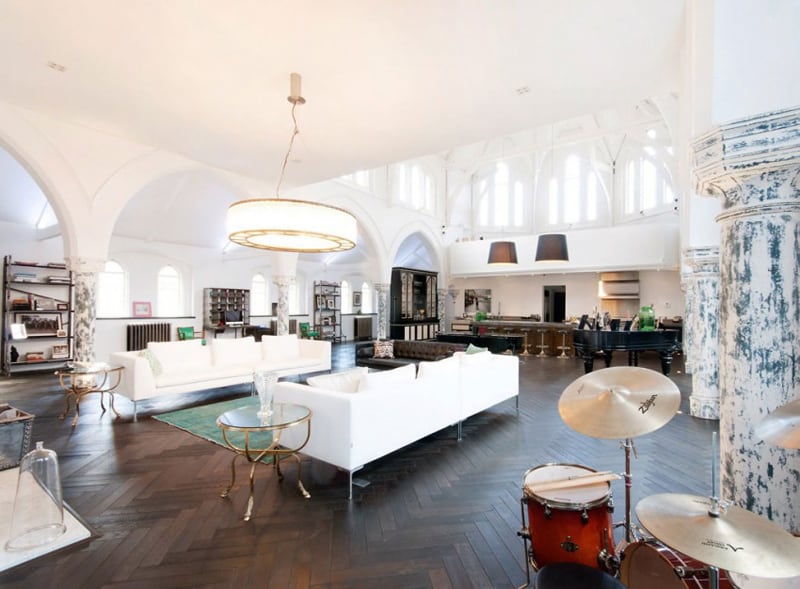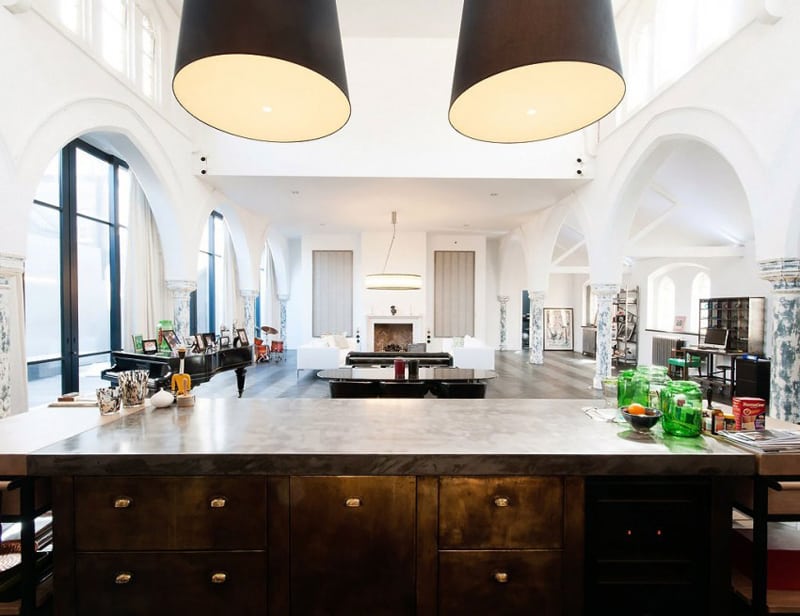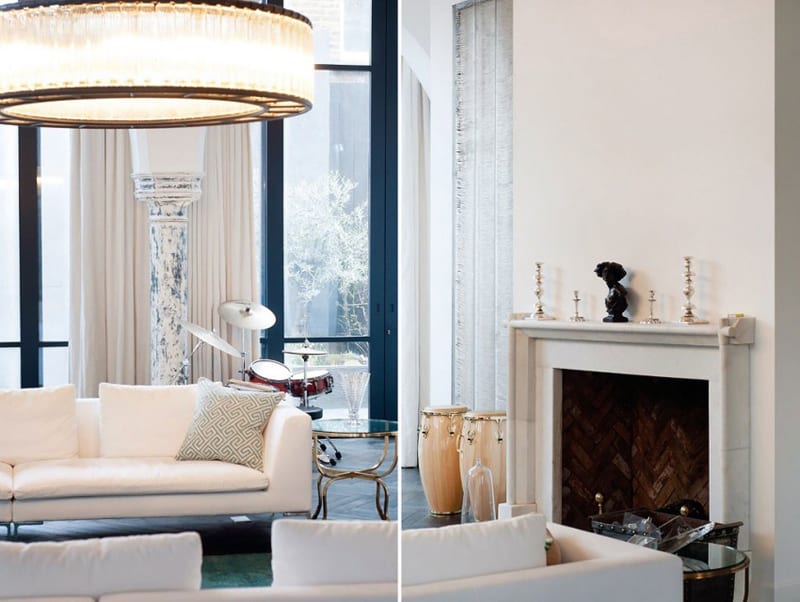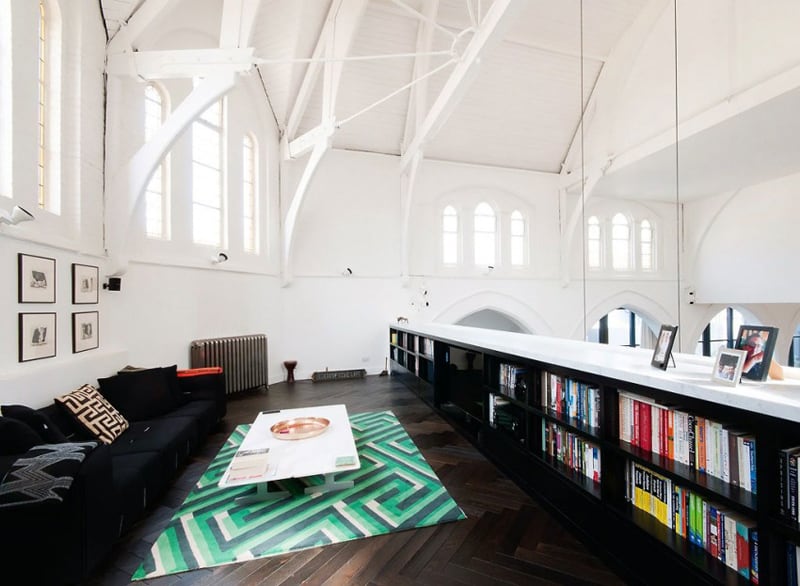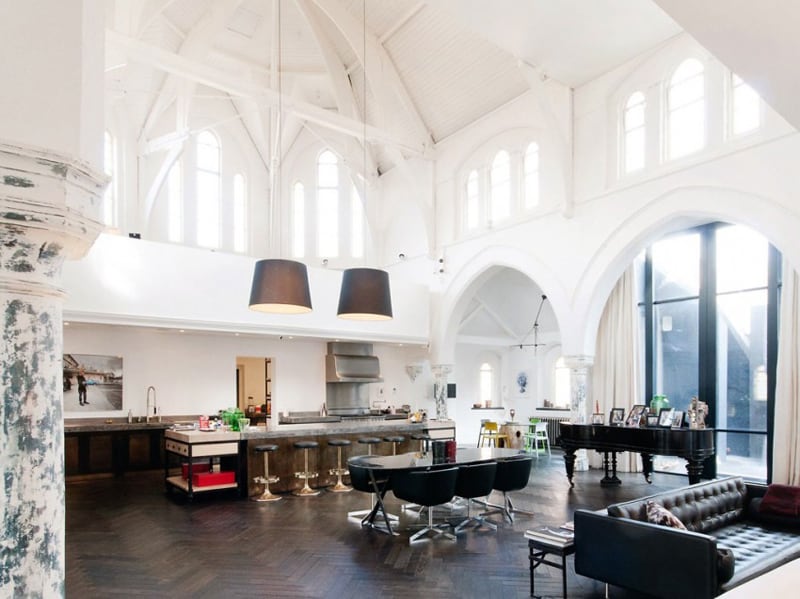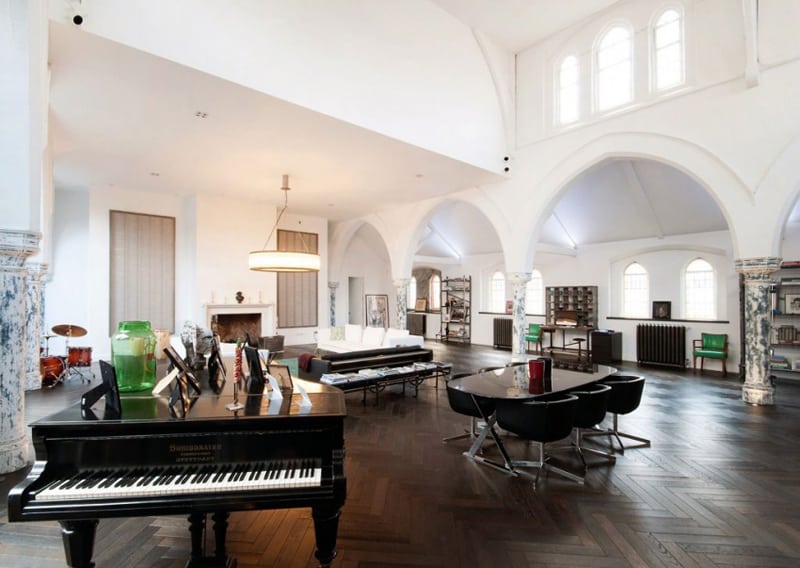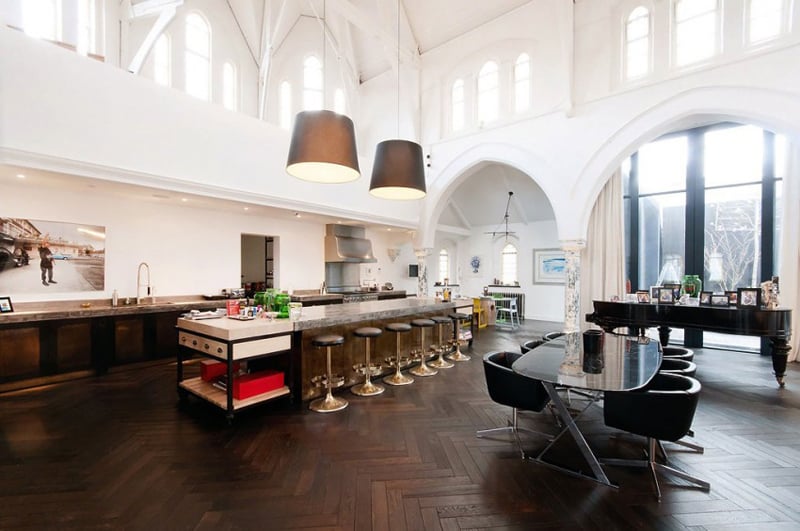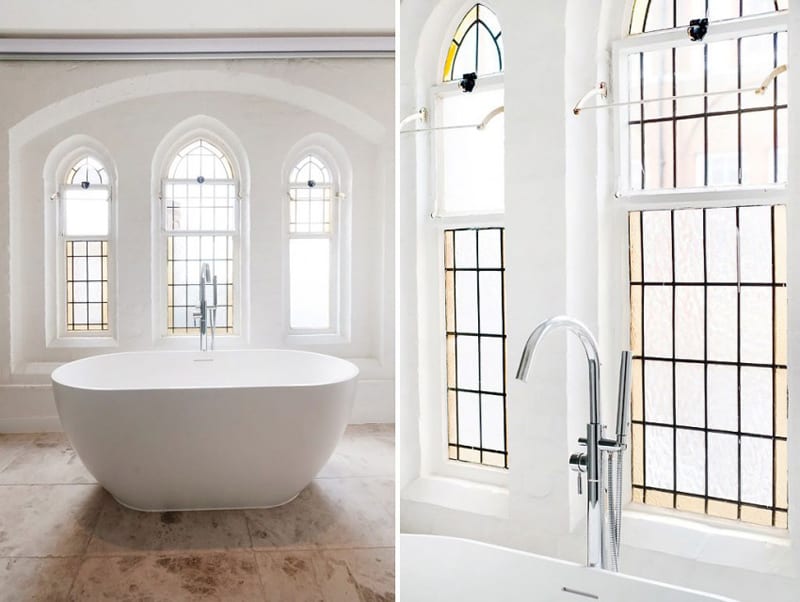Are churches great places to live? Many think so. The idea of living in a tastefully and thoughtfully converted church is very appealing, but the journey from making the decision to do it, and putting your feet up in the finished home, is a long and complicated one fraught with challenges and difficulties. This recently-sold church conversion is located in London, England.
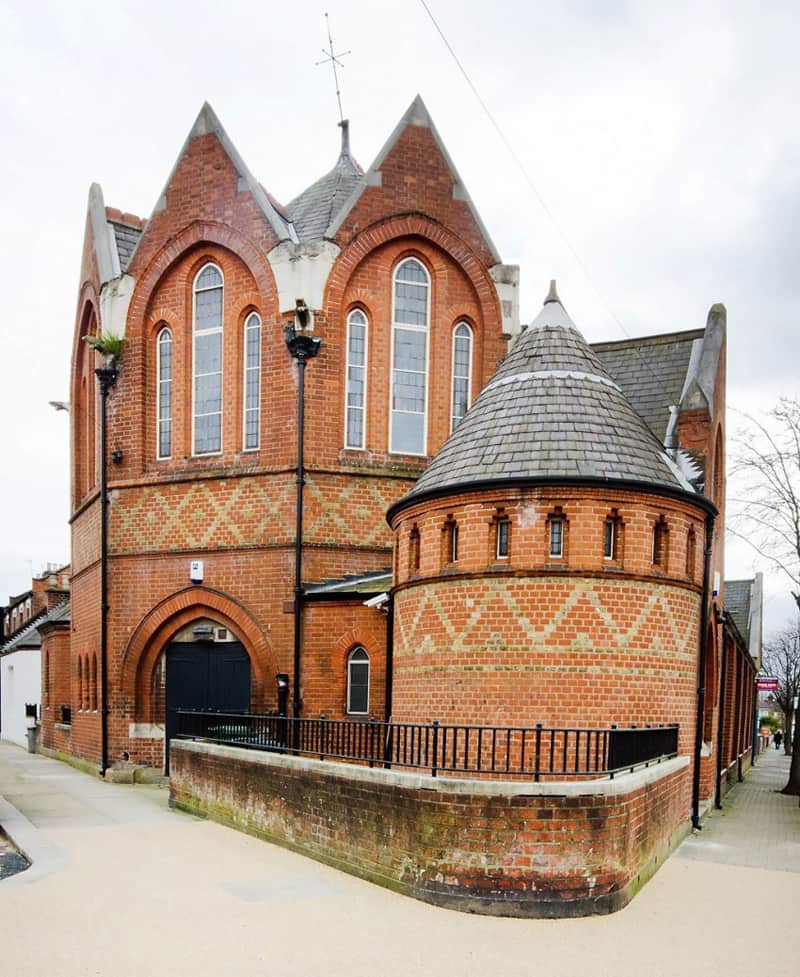
The home combines a stylish contemporary interior with the more traditional architectural elements of the original building, creating something that is undeniably unique. I like monochrome with a sprinkle of dusty pastel colors. And I live for the summer and survive through the winter. There are more considerations, but these are the main questions to ask if you’re seriously thinking about taking on a project of this magnitude. It may seem daunting, but it doesn’t need to be. When I bought my first church, I didn’t use an architect, I didn’t hire a project manager, I didn’t use a a firm of builders, and I didn’t use an interior designer. I may have been a ‘fool rushing in where angels fear to tread’ (and my family were very skeptical to say the least), but I did it and it turned out to be one of the most rewarding things I’ve ever done! The main difference when choosing a house of worship to convert into a residential home comes when reselling: Churches are far more desireable than chapels. It all comes down to the name, even if a Methodist chapel is huge and gorgeous, it will sell for less than an Anglican church of similar style and proportions. [photos courtesy of Foxtons ]

